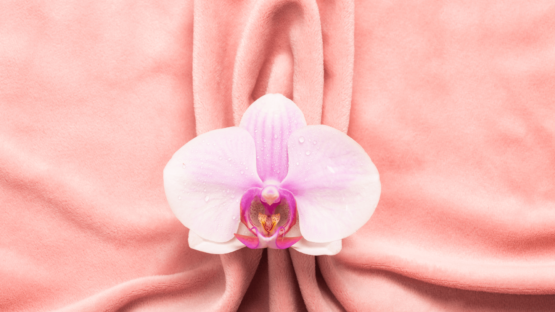- You have no items in your shopping cart
- Continue Shopping

In many cultures in Southeast Asia, betel leaves (sirih) hold particular significance for women, both in traditional practices and in everyday life. There are several ways in which betel leaves are associated with women.
Weddings and Ceremonies: Betel leaves are often incorporated into wedding ceremonies and other rites of passage for women. They may be used as offerings to deities or ancestors, symbolizing fertility, prosperity, and auspicious beginnings. Additionally, betel chewing may be part of traditional rituals performed by women during weddings and other ceremonies.
Health and Beauty: Betel leaves are believed to have various health and beauty benefits for women. In some cultures, betel leaf extracts or pastes are used in skincare routines to treat acne, scars, and other skin conditions. The leaves are also believed to have antiseptic properties, which can be beneficial for maintaining oral hygiene.
Menstrual Health: In traditional medicine systems, including Ayurveda and traditional Chinese medicine, betel leaves are sometimes used to alleviate menstrual discomfort. They may be applied externally as poultices or used in herbal remedies to help relieve cramps and other symptoms associated with menstruation.
Postpartum Care: Betel leaves are sometimes used in postpartum care for women. In some cultures, betel leaf poultices or compresses are applied to the abdomen to help soothe pain and promote healing after childbirth. Additionally, betel chewing may be encouraged as a way to rejuvenate and restore energy after giving birth.
Cultural Significance: Betel leaves have deep cultural significance for women in many Southeast Asian societies. They are often associated with femininity, grace, and hospitality, and women may play a central role in preparing and serving betel leaves during social gatherings and ceremonies.





